1. Introduction
With the rapid advancement of medical technology, medical injection-molded products have found extensive applications in various medical devices due to their high precision, efficiency, and suitability for large-scale production. These products encompass a wide range, such as syringes, infusion sets, catheters, and implants. The choice of injection-molded materials not only affects the performance and quality of the products but is also closely linked to medical safety. Therefore, during the material selection process for medical injection-molded products, it is imperative to comprehensively consider multiple factors to ensure that the selected materials meet the stringent requirements of medical applications.
2. Biocompatibility
Biocompatibility is the primary consideration in material selection for medical injection-molded products. Biocompatibility refers to the complex biological, physical, and chemical reactions that occur between materials and living organisms, mainly encompassing blood compatibility, tissue compatibility, and immunological compatibility.
For medical injection-molded products that come into direct contact with blood, such as hemodialyzers and artificial heart valves, the materials must possess excellent blood compatibility to avoid adverse reactions like thrombosis and hemolysis. This necessitates a smooth material surface to minimize platelet adhesion and activation, while also ensuring that no harmful substances are released to affect blood components.
Tissue compatibility focuses on the interaction between materials and surrounding tissues. Implantable medical injection-molded products, such as orthopedic implants and dental restoration materials, should be able to integrate well with human tissues without causing significant inflammatory reactions, rejection responses, or tissue necrosis. For instance, polyetheretherketone (PEEK) is widely used in orthopedic implants due to its outstanding tissue compatibility and mechanical properties, enabling good bone integration with human bones.
Immunological compatibility requires that materials do not stimulate an excessive immune response from the body's immune system. Certain materials may be recognized as foreign substances by the immune system, triggering an immune rejection that could lead to implant failure or discomfort for the patient. Therefore, during material selection, strict biocompatibility tests, such as cytotoxicity tests, sensitization tests, and irritation tests, must be conducted to ensure that the materials pose no potential hazards to living organisms.
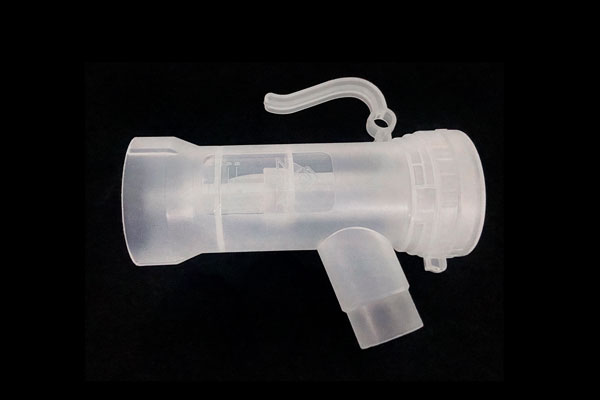
3. Physical and Chemical Properties
3.1 Mechanical Properties
Medical injection-molded products are subjected to various mechanical forces during use, including tension, compression, bending, and torsion. Therefore, the selected materials should possess sufficient strength, toughness, and hardness to ensure that the products do not experience failures such as fractures or deformations during use. For example, injection-molded materials used for manufacturing fracture fixation devices need to have high strength and rigidity to maintain the stability of the fractured site. In contrast, materials used for manufacturing flexible catheters should have good flexibility and elastic recovery ability.
3.2 Chemical Stability
In the medical environment, there are various chemical substances, such as disinfectants, drugs, and body fluids. Materials must exhibit good chemical stability to resist the erosion of these chemical substances and avoid chemical reactions that could degrade material performance or release harmful substances. For instance, polyvinyl chloride (PVC) is widely used in the medical field, but it can release plasticizers under certain conditions, posing potential threats to human health. Therefore, during material selection, based on the specific usage environment, materials with good chemical stability, such as polypropylene (PP) and polycarbonate (PC), should be chosen.
3.3 Heat Resistance and Cold Resistance
Medical injection-molded products may encounter different temperature environments during use, such as high-temperature sterilization and low-temperature storage. Materials should have appropriate heat resistance and cold resistance to ensure that they can maintain stable performance under extreme temperature conditions. For example, some medical devices require high-temperature and high-pressure steam sterilization. The selected materials should be able to withstand high temperatures without softening, deforming, or decomposing. For medical products that need to be stored at low temperatures, the materials should possess good low-temperature toughness to avoid becoming brittle at low temperatures.
4. Processing Performance
4.1 Fluidity
Good fluidity is one of the key factors in injection molding. Materials should have an appropriate melt flow rate to ensure that they can smoothly fill the mold cavity during the injection molding process, resulting in products with precise dimensions and good surface quality. Excessively high fluidity may lead to defects such as flash and burrs in the products, while excessively low fluidity may result in incomplete mold filling, affecting product quality.
4.2 Shrinkage Rate
The shrinkage rate of materials directly affects the dimensional accuracy of products. Different materials have significantly different shrinkage rates. During material selection, the dimensional requirements of the products should be fully considered, and materials with suitable shrinkage rates should be chosen. Additionally, reasonable mold design and adjustment of injection molding process parameters can be used to control the shrinkage deformation of products and ensure that the product dimensions meet the design requirements.
4.3 Thermal Stability
During the injection molding process, materials experience high-temperature melting and rapid cooling. Therefore, they need to possess good thermal stability to avoid decomposition, discoloration, and other phenomena during the processing that could affect the performance and appearance quality of the products. For example, some high-performance engineering plastics are prone to thermal degradation at high temperatures, and appropriate heat stabilizers need to be added or materials with better thermal stability should be selected.
5. Regulatory Compliance
Medical injection-molded products are subject to strict regulatory oversight. Material selection must comply with relevant regulations and standard requirements. Different countries and regions have varying regulatory requirements for medical devices, but all generally emphasize the safety, effectiveness, and quality controllability of materials. For instance, in the United States, medical devices need to comply with the relevant regulations of the Food and Drug Administration (FDA). In Europe, they need to meet the requirements of the Medical Device Regulation (MDR).
During material selection, it is necessary to ensure that the selected materials have obtained relevant regulatory approvals or certifications, such as biocompatibility certifications and certifications for materials used in medical devices. At the same time, material suppliers should be able to provide complete quality documents and test reports to prove the quality and compliance of the materials.
6. Cost-effectiveness
While meeting the performance and quality requirements of medical products, cost-effectiveness is also an important factor to consider during material selection. The cost of materials includes not only the procurement cost of the materials themselves but also processing costs, quality inspection costs, inventory costs, etc. During material selection, a comprehensive consideration of factors such as material performance, price, and processing difficulty should be made to find a balance point between performance and cost.
For example, for non-critical medical injection-molded products with relatively low performance requirements, general-purpose plastics with relatively low prices and good processing performance can be chosen. For high-performance, high-value-added medical products, such as implantable medical devices, special engineering plastics with excellent performance but relatively high prices need to be selected to ensure the safety and effectiveness of the products.
7. Conclusion
The material selection process for medical injection-molded products is complex and rigorous. It requires a comprehensive consideration of multiple factors, including biocompatibility, physical and chemical properties, processing performance, regulatory compliance, and cost-effectiveness. Only by scientifically and reasonably selecting materials can the quality and safety of medical injection-molded products be ensured, meeting the needs of clinical medical practice and safeguarding the health of patients. In the actual material selection process, it is essential to strengthen cooperation and communication with material suppliers and research institutions to continuously explore and apply new materials and promote the innovation and development of medical injection-molded products.
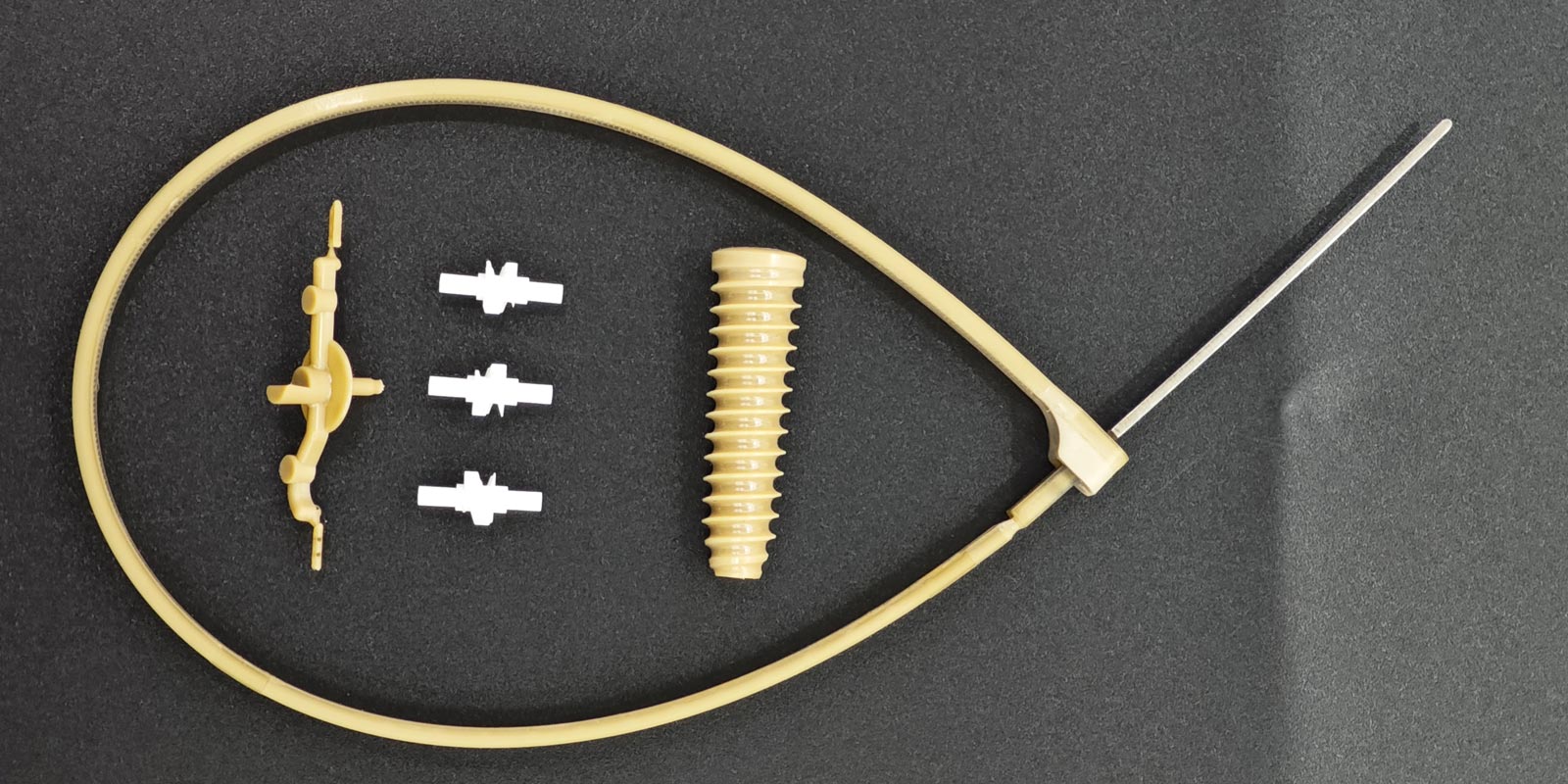
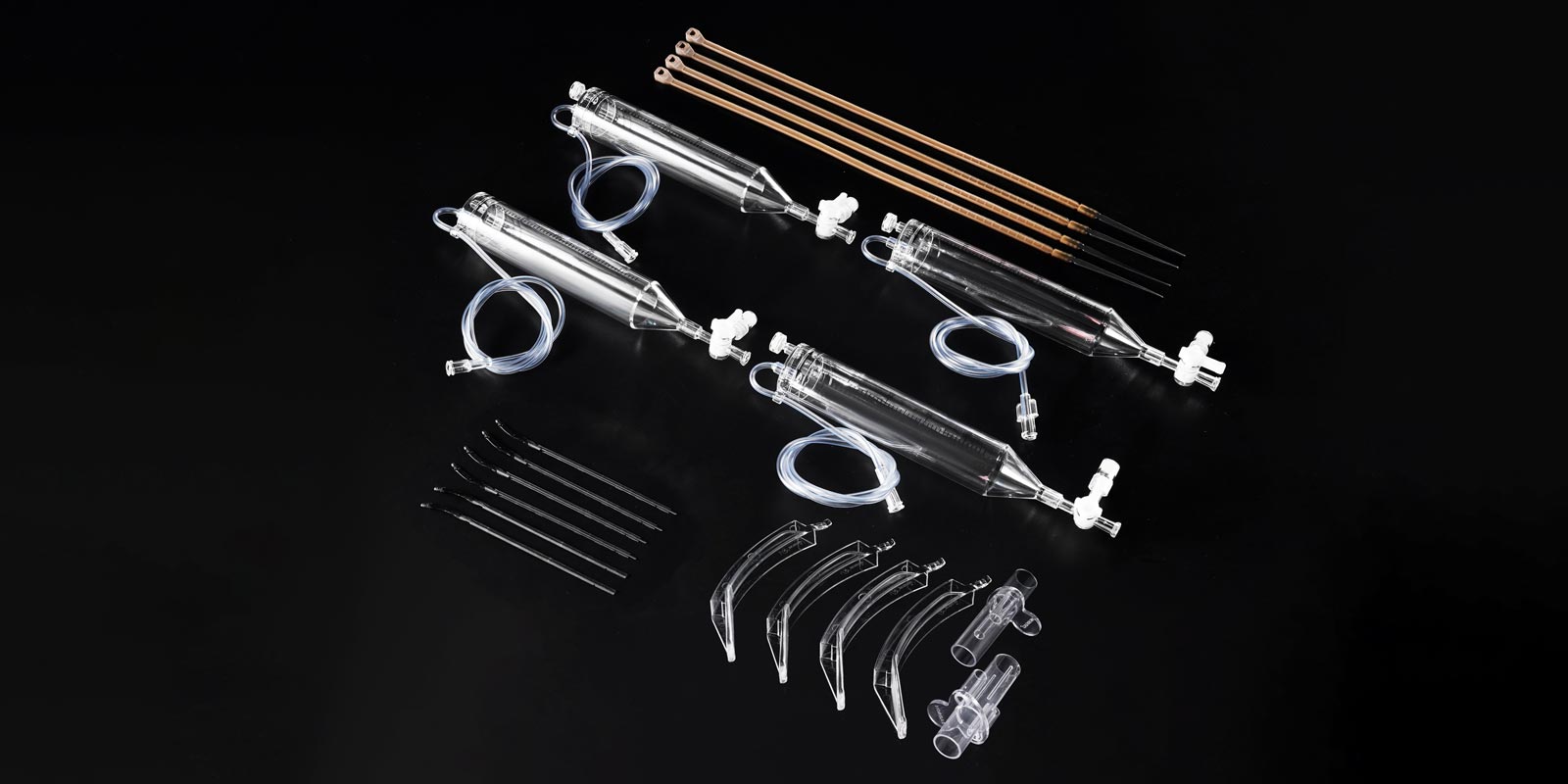
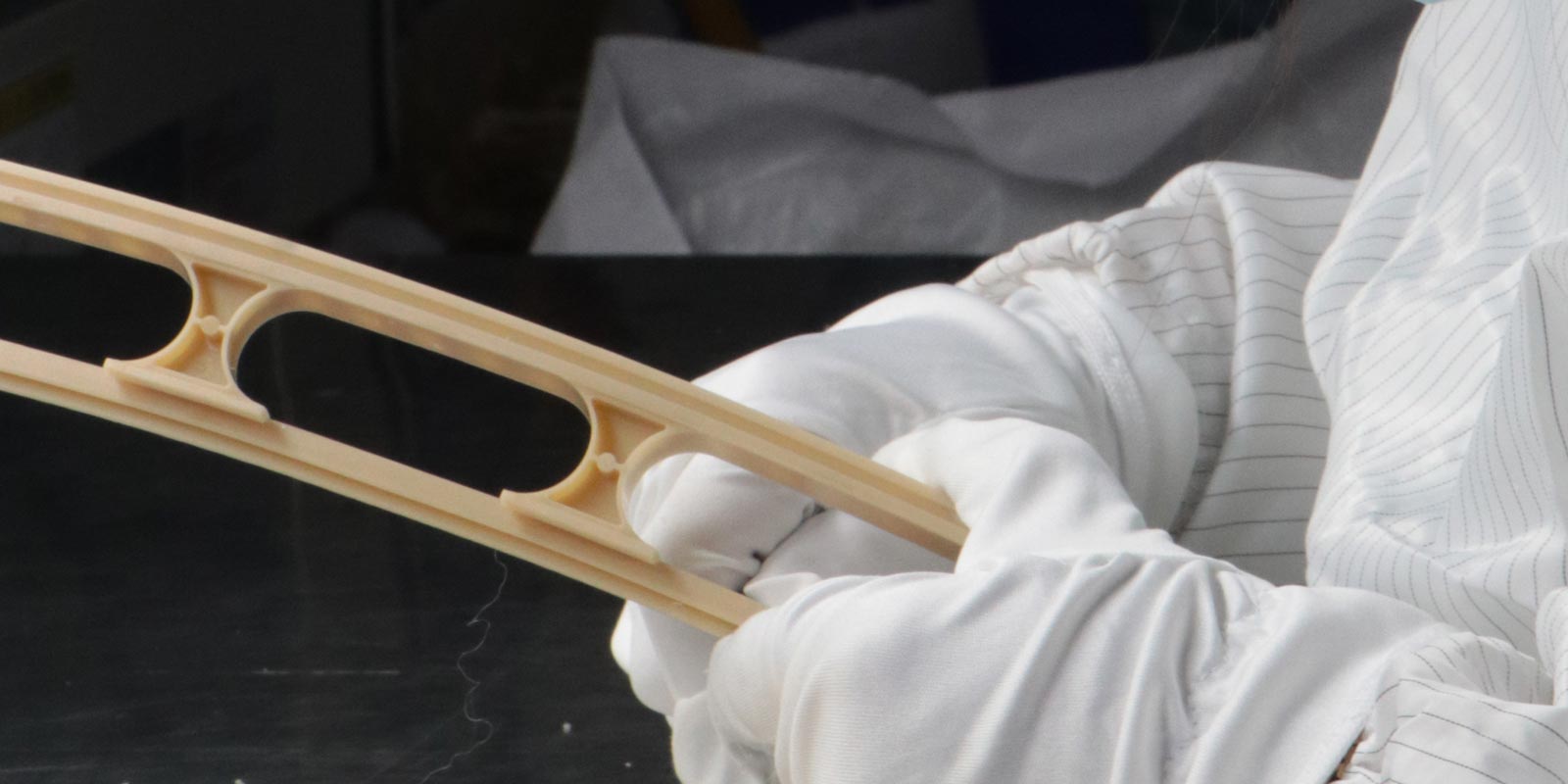
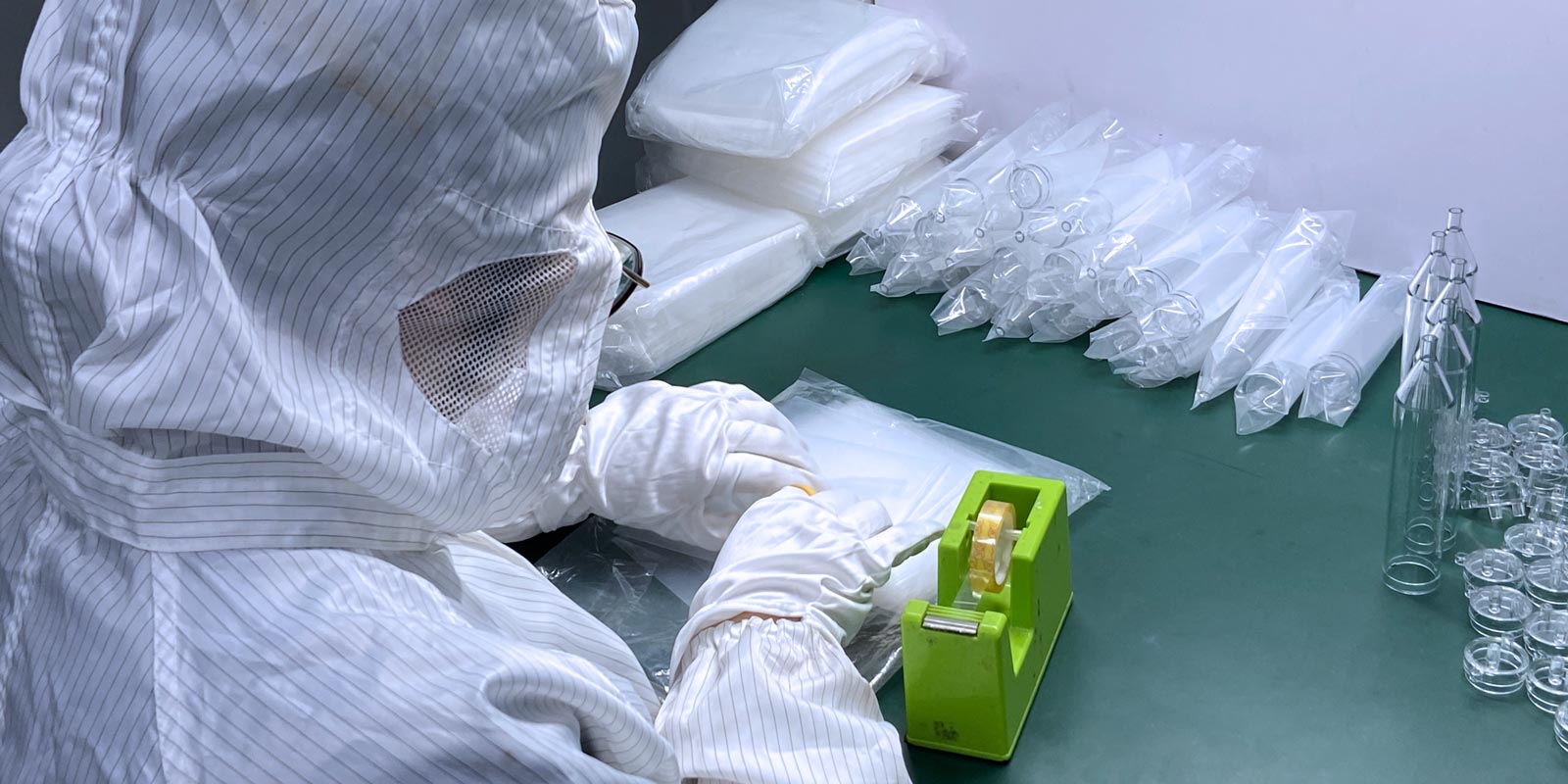
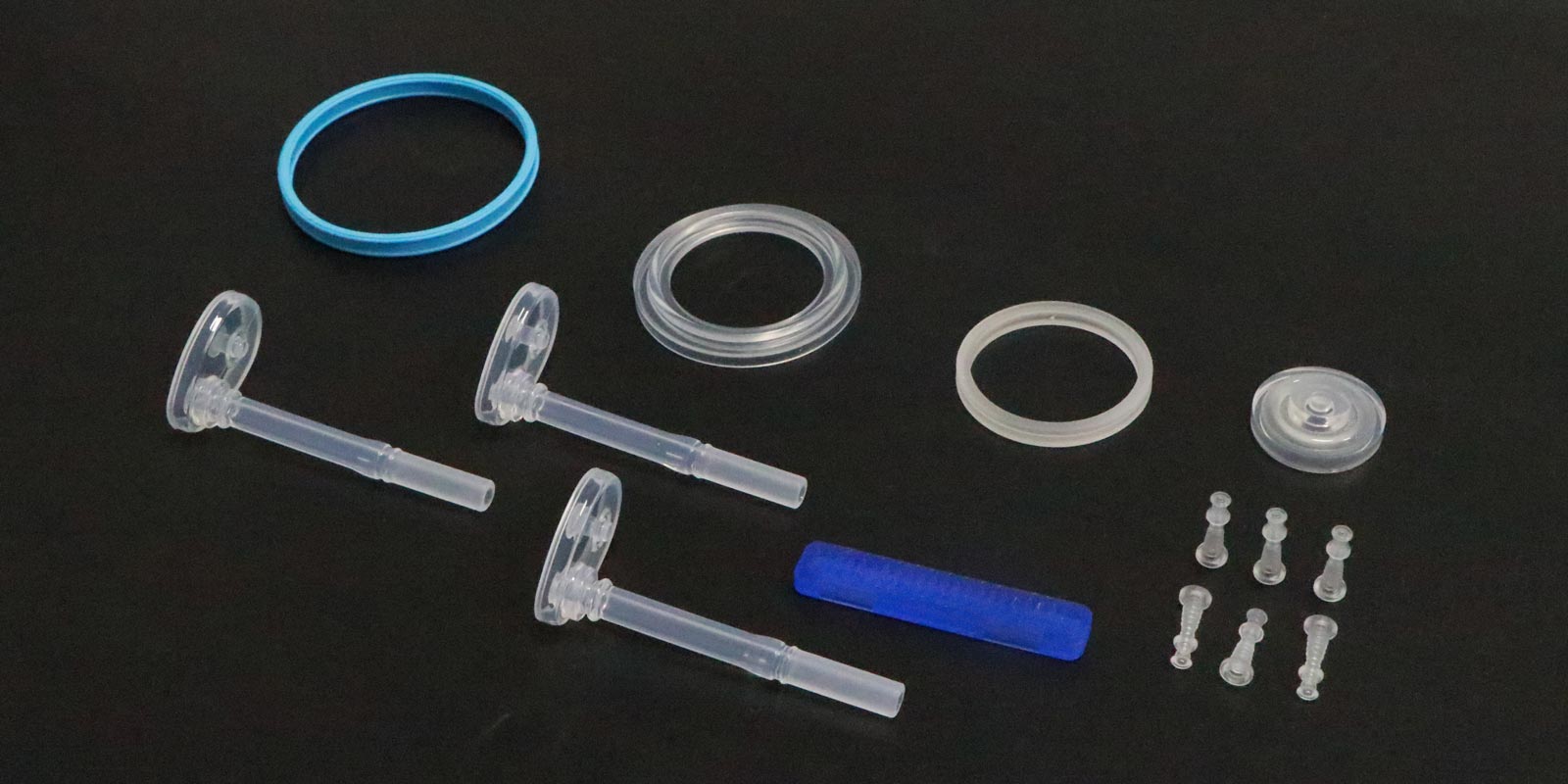











 Home
Home
